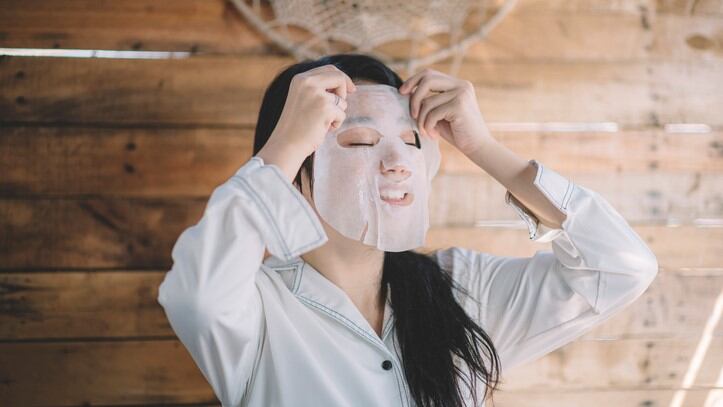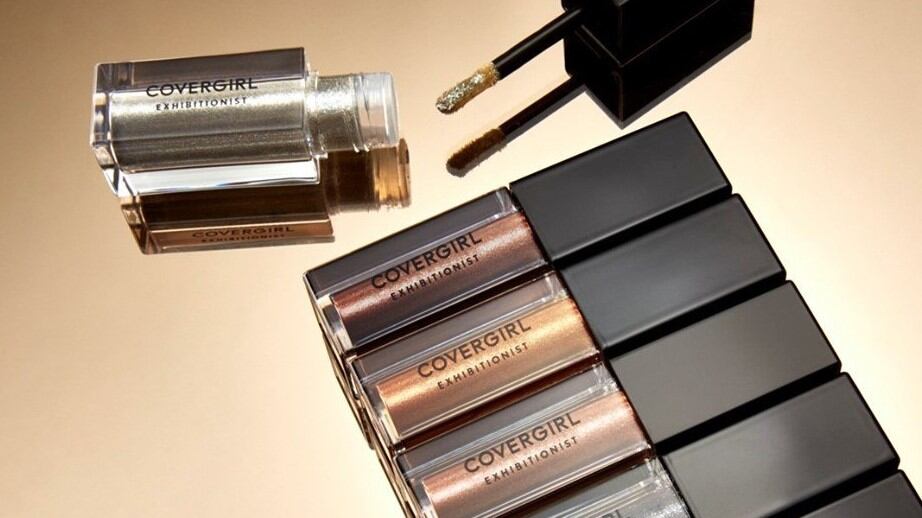1 – No limit to the growth potential of China’: L’Oréal’s next CEO eyes major opportunities for skin care and hair care
French cosmetics giant L’Oréal continues to see more growth potential in China, especially in its skin care and hair care categories.
Speaking during the firm’s FY2020 earnings conference on February 12, deputy CEO Nicolas Hieronimus said furthering the growth in China would be one of its key areas of focus.
“We are the number one beauty group in China, and we have been lucky to have two brands Lancôme and L’Oréal, well, really the favourite brands of Chinese consumers. And we see a lot of – still a lot of growth potential in this country,” said Hieronimus.
Hieronimus was named as the successor to current chief Jean-Paul Agon in October 2020 and will take over on May 1.
2 – Duty-free haven: Can beauty expect long-term growth in Hainan when international travel resumes post-COVID?
China’s Hainan Island prospered as domestic travel boomed in wake of COVID-19, triggering staggering growth for luxury beauty brands on the island. But is Hainan’s remarkable growth here to stay when international travel takes flight again?
The popular holiday spot was one of the few tourist destinations in the world that got back in the swing of things early on. The boom was further amplified when the government increased non-taxable allowance from RMB30,000 to RMB100,000 (U$15,000) in last July.
Hainan quickly became the lightning rod for luxury brands, several of whom made it a priority to lessen the blow to their travel retail businesses.
According to McKinsey & Company, beauty accounted for roughly half of all Hainan duty-free sales in 2020.
3 – Strength in skin care: China’s media crackdown on ‘sissy idols’ unlikely to have large effect on robust men’s category
Awareness on the importance of skin care among men is likely to protect the male beauty category from the recent media crackdown China has mandated against those who do not fit into the masculine stereotype.
On September 2, Chinese authorities published new guidelines for radio, television, and Internet platforms, calling for broadcasters and Internet platforms to “strictly control the selection of programme actors and guests, by making sure they have a correct political stance, good conduct, high artistic level and strong social credit.”
The National Radio and Television Administration (NRTA) effectively called a boycott of effeminate men – or ‘sissy idols’ as part of ongoing plans to “clean-up” the entertainment industry.
4 – Beauty on Bilibili: Why this untapped channel is becoming an important platform for brand marketing in China
Chinese video-sharing platform Bilibili is steadily becoming a key marketing channel for beauty brands targeting Gen Z consumers as beauty-centric content grows on the platform.
Bilibili is a Chinese long-form video sharing platform that is quickly becoming an important channel for brands to reach the important Gen Z consumer base.
Launched in 2009, Bilibili initially gained popularity as a platform for animation, comics and games (AGC).
“The focus there was on producing something, as opposed to filming yourself in the very early days. Therefore, there was a lot of fanfiction online communities surrounding the platform,” explains Dr Crystal Abidin, associate professor and principal research fellow of Internet studies at Curtin University.
5 – ‘No reason to be worried’: China’s ‘common prosperity’ drive will be positive for beauty – L’Oréal CEO
French beauty company L’Oréal believes that China’s policies aimed at bridging the widening wealth gap will ultimately be a boon for the beauty industry.
Speaking during L’Oréal’s third-quarter sales conference, CEO Nicolas Hieronimus expressed that he was optimistic about beauty’s future in China because of key factors such as the rapid growth of the middle classes.
“The projections in terms of middle classes and upper middle classes are quite spectacular… Today there's around 860 million middle-class people. There's going to be another 300 million more by 2030 – that's a third more and that's spectacular.”
He referenced China’s ‘common prosperity’ drive and its aim to narrow the widening wealth gap as a positive for the beauty industry.
6 – Global potential: POLA expecting overseas sales to surpass $270m by 2023 on the back of China demand
Japanese skincare brand POLA has been projected to achieve more than $270m in overseas sales in the next couple of years thanks to the strong demand from China’s luxury beauty market.
POLA is the ‘ultra-prestige’ skin care brand owned by Japanese cosmetics manufacture Pola Orbis Holdings, which is also the company behind J-beauty brands ORBIS and THREE.
The brand has been expanding across Asia in recent years and is now present in seven markets. Over 2017 to 2020, the brand’s sales have grown four times over.
In the latest report to its shareholders, the company expressed optimism for the brand’s position and said it would now focus on achieving profitable growth of its overseas business.
7 – ‘Very optimistic’: Estée Lauder CEO expecting double-digit growth for China in 2022
Estée Lauder Companies CEO has remarked on the strength of China’s beauty market and said he was expecting it to grow by double-digits next year on the back of the acceleration of its online business.
According to Estée Lauder’s fourth-quarter earnings, the Asia Pacific region saw annual sales growth accelerated from 18% to 22%. This was led by China where net sales rose strong double-digits – a feat which its CEO believes it can replicate.
“We expect the market in China to continue to grow double-digit, and we are very, very optimistic on the strength of this market, as well as on our position with the consumers in this market. We expect to see a continuous acceleration of online, which is already 50% of Mainland China business today and further growing,” said Fabrizio Freda, who also serves as president and director of the multinational.
The growth in China was led by the continued strength of skin care, the acceleration of fragrance growth, and the recovery of makeup. Sales also benefited from key shopping events, including the 11.11 and 6.18 Shopping Festivals.
8 – Hot streak: LG H&H breaks financial records on the back of China’s unwavering appetite for luxury beauty
South Korean conglomerate LG Household & Healthcare has reported record-high sales and profits results driven by China’s demand for its luxury beauty products.
LG Household & Healthcare (LG H&H) is a consumer goods company that manufactures cosmetics, household goods, and beverages.
Brands in the company’s cosmetics portfolio include The History of Whoo, The Face Shop, Belief and Su:m37.
The company continues to feel the effects of the COVID-19 pandemic, with offline channels experiencing sharp decline in sales as a result of the plunge in tourism and store closures.
9 – L’Occitane Q4 results: China now firm’s largest market after sales surge by 60%
Staggering fourth-quarter growth of 60% has propelled China to become L’Occitane International’s largest market in FY2021.
L’Occitane International is the parent company of six brands – L’OCCITANE en Provence, Melvita, Erborian, L’OCCITANE au Brésil, LimeLife by Alcone and ELEMIS.
The Hong Kong-listed company reported that its sales accelerated to 12.5% in the fourth quarter of its 2021 financial year ending March 31.
This was driven by double-digit growth across all key brands, L’OCCITANE en Provence, ELEMIS and Limelife, which grew 10.2%, 24% and 29.2% respectively at constant rates.
Hype-machine: China’s brand collaborations tap into unlikely pairings, local pride and streetwear for success
Beauty brands wanting to create hype among China’s young consumers’ should tap into unusual partnerships, national pride, and the popularity of streetwear to get themselves noticed.
China’s Gen Z and millennial consumers’ quest to seek out novel and usual products are fuelling a swiftly evolving culture of innovative collaborations between brands.
Brands on the other hand, use collaborations to get wider reach and greater impact while boosting consumer engagement.
“Collaborations continue to be a great vehicle to tap consumer interests in China. And the more unlikely the pairing, the more buzz it creates,” said founder and CEO of market research firm Beautystreams, Lan Vu.





